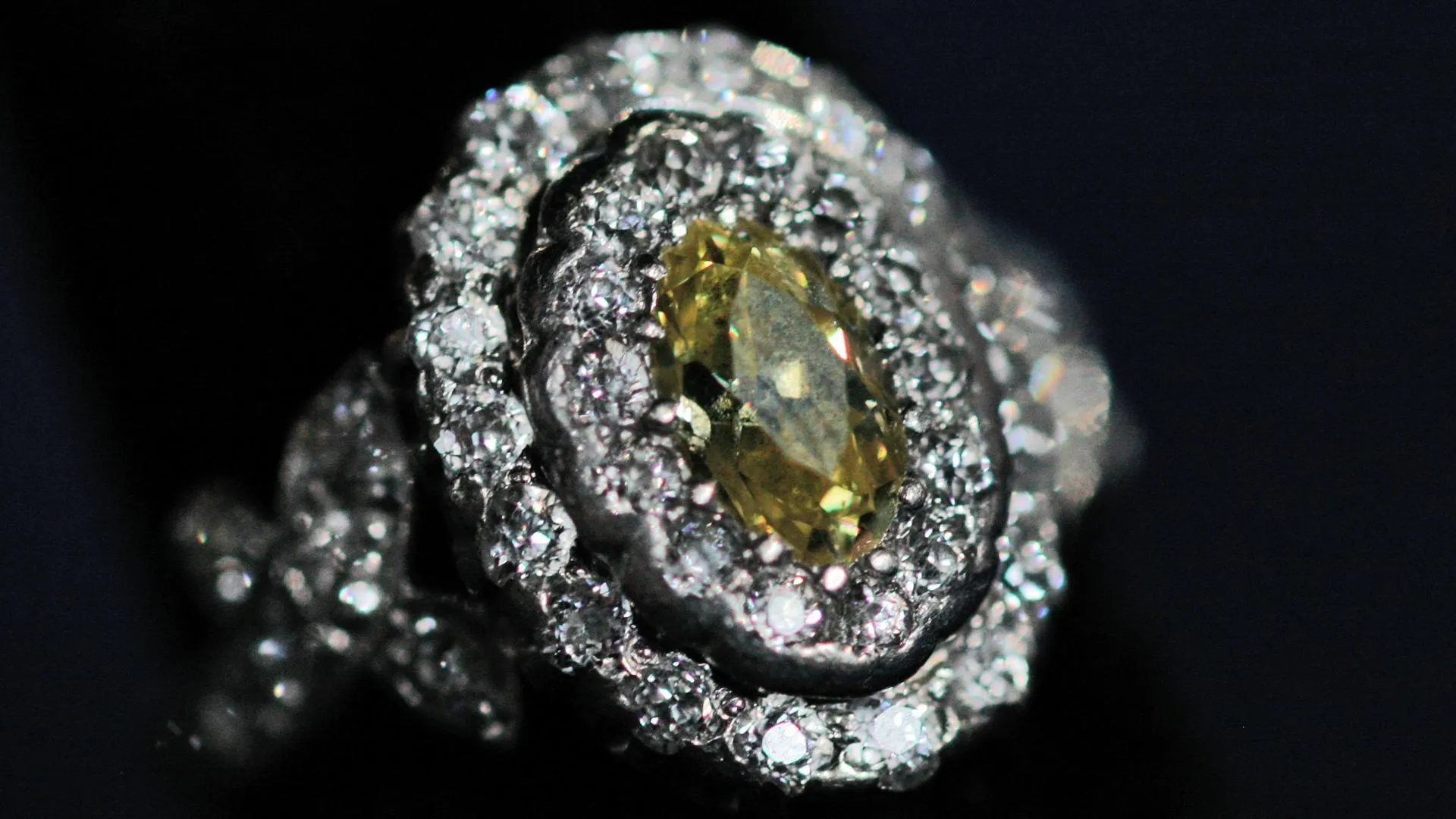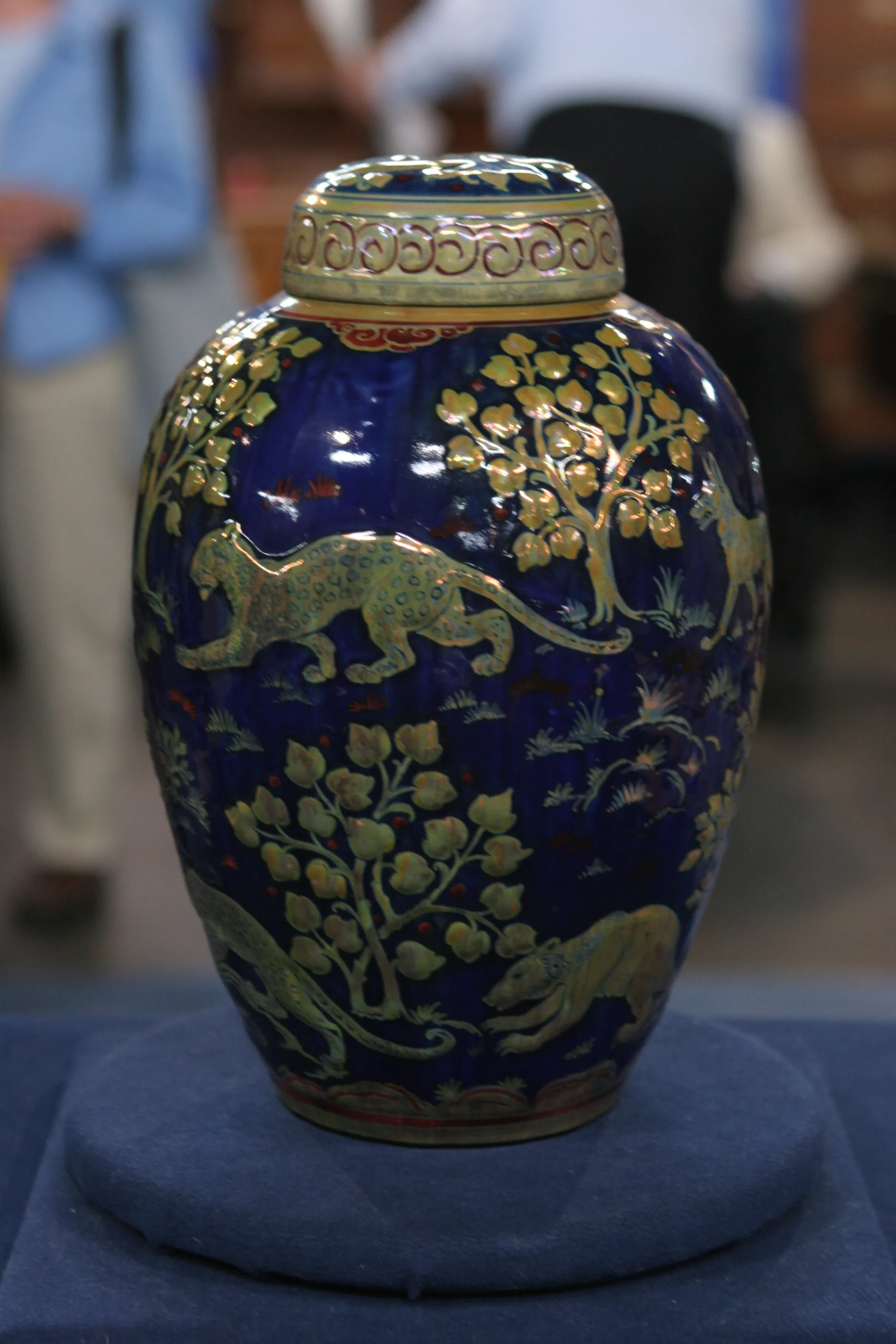GUEST: My aunt had purchased the painting from the artist, Duncan Gleason, in the early '50s. She felt that it reminded her of myself and my brother down on the beach at a beach house she had in southern California, and, uh, when she passed away, it went to my parents, and upon their passing, I had come to have the painting. I've had it for over 20 years now.
APPRAISER: Well, as you say, the artist is Duncan Gleason. And do you know much about him?
GUEST: I know that he was a California historian writing about, particularly, coastal California.
APPRAISER: That's just a small part of what he did. I mean, he was a man of many, many interests. As you say, he was from California. He actually died in California, but he traveled pretty extensively. He went across Europe on his motorbike, he explored North Africa by foot, and he seemed to be interested in everything. It was a life lived to the full. When he was a teenager, around about 14, he already knew that he wanted to be an illustrator, and he went off and studied in Los Angeles and San Francisco, also Chicago, and then in New York. And in New York, he started to illustrate magazines, but he also wanted to be a painter, and he made that sometimes quite difficult transition that illustrators have of moving into the fine arts, and I think he was a very talented painter. And we can see some of the wonderful painterly brushwork that he's got in here and here, and up here. Not only was he doing that, he was also an acrobat-- he did gymnastics, he played musical instruments. There seemed to be very little that he didn't do.
GUEST: See, I never heard of that. (chuckles)
APPRAISER: Yeah, he's probably best known to most people who have made a study of his work for his work with ships and boats, and basically, the life aquatic. He was a master yachtsman, he did a lot of sailing in Long Island Sound, and had a great affinity for the sea, and we can see that coming out here. Incidentally, this one probably would have been painted at Laguna Beach, where he did a lot of his figurative paintings. The artist lived for about 80 years and died, I think, around about 1959. This is obviously a mature work, so I would have thought it was probably painted in the, the '20s, '30s, maybe even into the '40s. I'm going to take the painting down and just have a look at the back of it here.
GUEST: Okay.
APPRAISER: And here we see the artist's label, "Painted by Duncan Gleason," and a bit of a potted biography, which doesn't really give you a flavor of the man, I feel, and the title, "Sea Urchins," and the price, which appears to be $88. I love that title, "Sea Urchins." I think that's rather good.
GUEST: (chuckles)
APPRAISER: So... bought for $88. When was that?
GUEST: Probably early, early '50s, maybe '53.
APPRAISER: And have you had it appraised since then?
GUEST: I had an insurance appraisal done on it, oh, in 1988-89. At that time, it was, as I recall, it was $2,500 was the insurance appraisal.
APPRAISER: $2,500. Well, there's been a big upswing in prices for this artist over the last few years-- he's very much in demand-- and I think this is a particularly charming painting. And I would say for auction, a piece like this could carry a conservative estimate of $20,000 to $30,000.
GUEST: Oh, my.
APPRAISER: And it would not surprise me at all if it made in excess of that.
GUEST: Really?
APPRAISER: Now, if you were to insure it, I think you should be looking for something north of $40,000.
GUEST: For insurance purposes, okay. Wow.
APPRAISER: Yeah.












